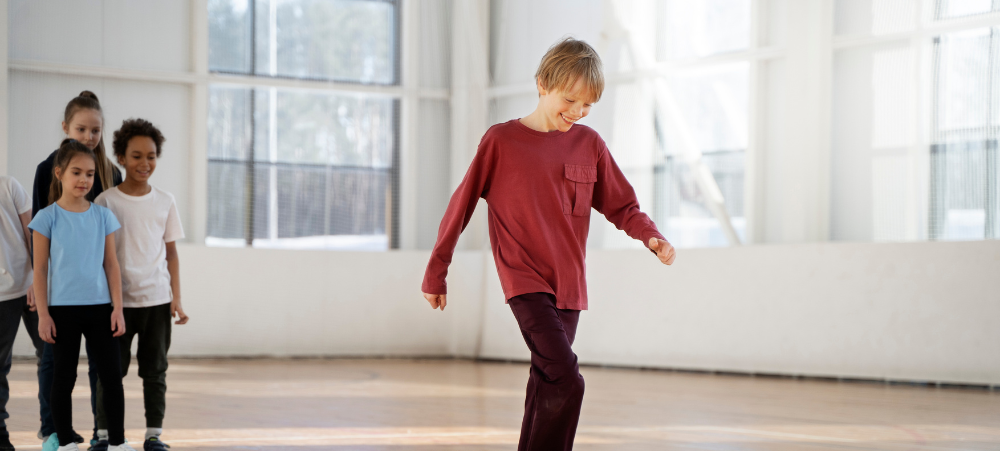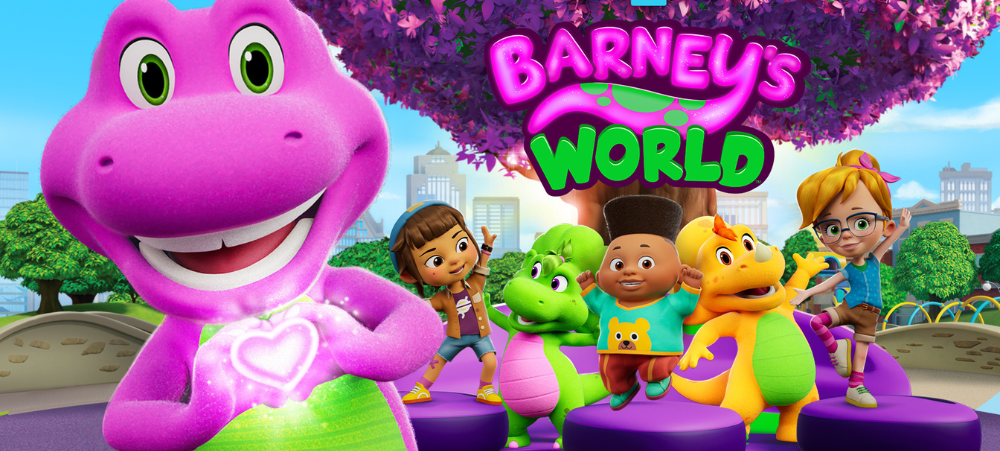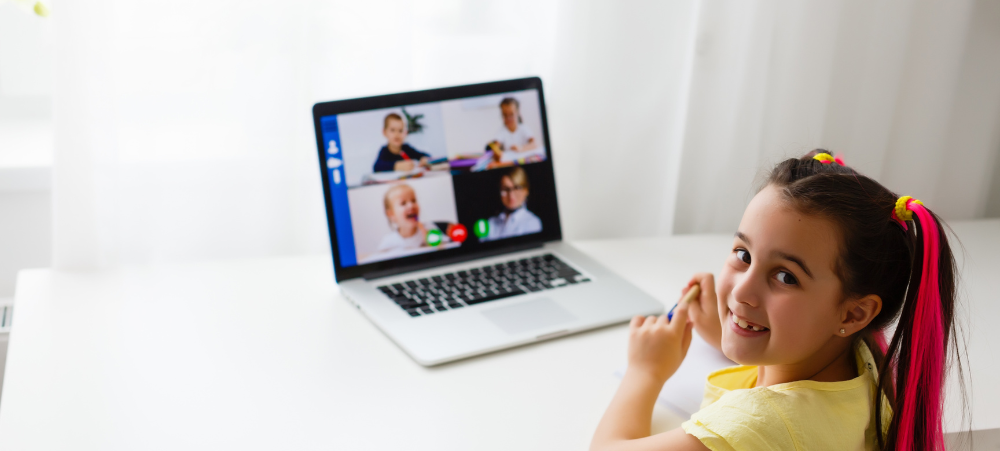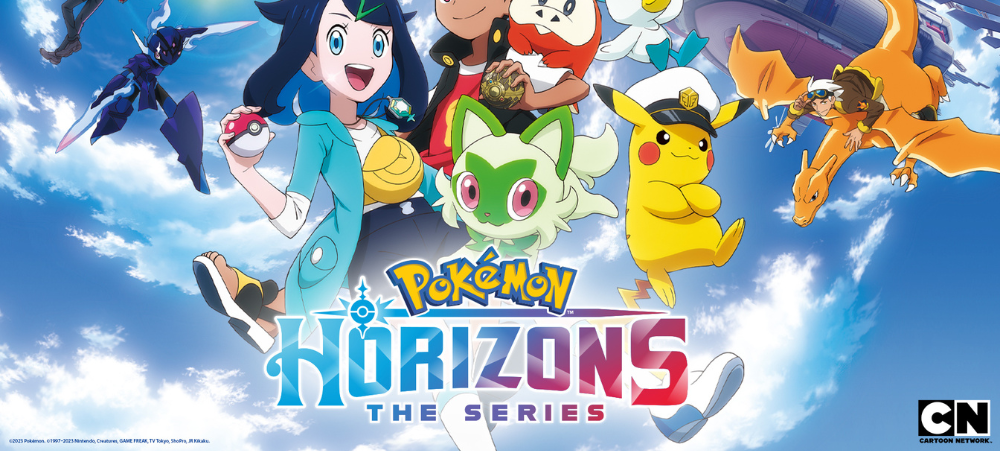
THE TOP SEVEN ADVANTAGES TO EARLY CHILDHOOD EDUCATION
As parents consider the best path for their child’s development, early childhood education and care stand out as essential building blocks for future success. Ursula Assis, Country Director of Dibber International Preschools, emphasises the profound impact of early learning on a child’s cognitive, social, and emotional development. “Learning begins at birth, and the experiences children have in their early years lay the foundation for lifelong learning. At Dibber, we recognise that tapping into a child’s natural curiosity through structured learning and social interaction offers remarkable benefits,” says Assis. Early childhood care and education provide numerous developmental advantages beyond the classroom. From literacy and numeracy skills to nurturing independence and social interaction, the advantages of early learning experiences are transformative. Here are the top 7 advantages of early childhood education and care: Literacy and Numeracy Skills Early exposure to a structured curriculum helps children easily grasp fundamental concepts like letters and numbers. “A well-designed early education program ensures that children build a strong foundation in literacy and numeracy, essential for future academic success,” explains Assis. Independence Being introduced to a world outside of their home environment allows children to develop independence. They learn to explore, solve problems, and make decisions in a safe and supportive setting. Socialisation Early learning centres provide valuable opportunities for children to socialise with their peers. “Socialisation is critical for children as they learn the basics of teamwork, cooperation, and empathy through interactions with other children of the same age,” says Assis. Confidence Encouraging teachers play a significant role in helping children feel seen and heard. When a child’s contribution is valued, their confidence and self-esteem grow. “At Dibber, we are committed to fostering an environment where children feel empowered to express themselves,” adds Assis. Routine A structured daily routine helps children feel secure and in control of their environment. Knowing what to expect throughout the day supports emotional well-being and helps children manage transitions more smoothly. Lifelong Learning Early childhood education cultivates a positive relationship with learning by making learning enjoyable and stimulating. “When children develop a love for learning early on, they become eager to explore new ideas and challenges throughout their lives,” Assis highlights. Exposure to Diversity Early childhood education introduces children to a diverse world. They meet peers and educators from various cultural, religious, and social backgrounds, helping them appreciate diversity and fostering a sense of unity in difference. “Exposure to diversity from a young age allows children to develop a global mindset, which is invaluable in today’s interconnected world,” notes Assis. The holistic benefits of early childhood education cannot be overstated. Children develop crucial life skills, improve their academic readiness, and build strong social connections, all within an environment that encourages play-based learning. “As we continue to provide high-quality education at Dibber International Preschools, we are dedicated to giving children the opportunity to grow, learn, and thrive in a nurturing environment that supports their development in every aspect of life,” concludes Assis.

































